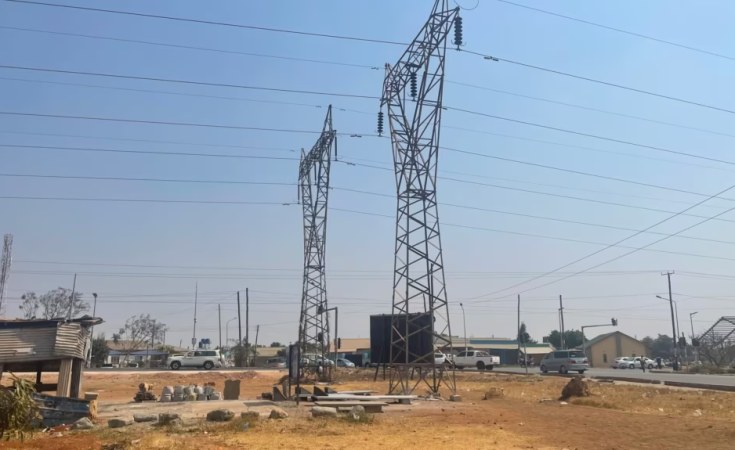TLDR
- Zambia's annual inflation rate reaches 15.6% in September, the highest in nearly four years, driven by rising food prices amid an El Niño-induced drought.
- The drought impacts agricultural output, leading to reduced crop yields and limitations in hydropower generation, resulting in prolonged electricity outages.
- Despite economic challenges, Zambia projects a 6.6% growth in 2025, aided by an anticipated recovery from the drought and increased imports of food and electricity.
Zambia's annual inflation rate climbed to 15.6% in September, its highest level in almost four years, driven by rising food prices due to an El Niño-induced drought that severely impacted agricultural output. The increase from 15.5% in August marks the highest inflation since December 2021.
The drought has not only reduced crop yields but also limited hydropower generation, leading to prolonged electricity outages. As a result, Zambia's economy grew by just 1.7% in the second quarter, down from 2.2% in the previous quarter. The government has since halved its 2023 growth forecast to 2.3%, with further revisions expected.
The drought has forced Zambia to increase imports of food and electricity, weakening the kwacha and exacerbating price pressures. Despite these challenges, the economy is projected to rebound, with the government forecasting 6.6% growth in 2025, the fastest pace since 2012, supported by an expected recovery from the drought.
Key Takeaways
Zambia is grappling with its highest inflation in years and slowing economic growth due to a severe drought, which has driven up food prices and strained power generation. While the outlook for 2023 is bleak, the government and IMF project a strong economic recovery by 2025, with GDP growth expected to reach 6.6% as the country rebounds from the drought's impact.


